After four nights spent in Chania/Hania/Xania/Χανιά on the island of Crete, I can truly say, ‘it was Greek to me’. Depending on which sign or paper you read, the spelling varies. I saw the city name spelled at least five different ways during my stay and heard it pronounced two different ways by locals. Since the airport is written Chania, that is the spelling I will stick with in this piece.
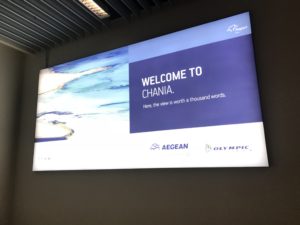
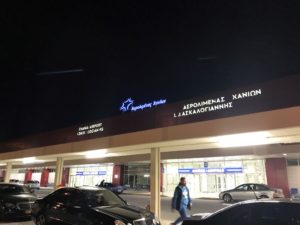
Chania is the second largest city on the island behind Heraklion. The population of the city is around 60,000. Heraklion also has at least three different spellings I saw on signs and maps. Chania is also the name of the western region of the island of Crete.
Crete is the fifth largest island in the Mediterranean. The major cities are on the north side of the island. Driving the main road across the north is over 300km and takes about 5 hours by car. I spent my four days on foot walking around town, except for the bus ride to and from the airport to my hotel in the Old Venetian Harbor of Chania.
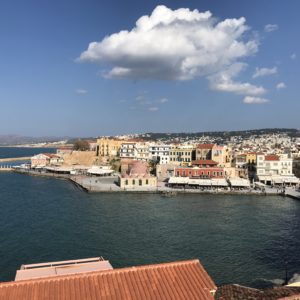
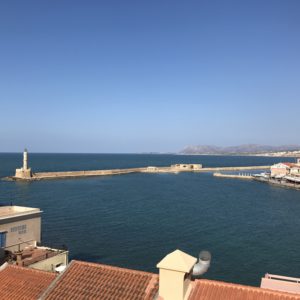
Chania was a Venetian port over 400 years until the Ottomans conquered Crete in 1669. The country was under Ottoman rule for over 200 years. The independent Cretan State was established in 1898 and Crete only became part of Greece in 1913.
There is a complicated modern history for Crete and a more than 5,000 year archaeological history dating back to before the early Minoan civilization. The Archaeology Museum of Crete is a place to learn about some of the ancient history of Crete through artifacts unearthed around the region.
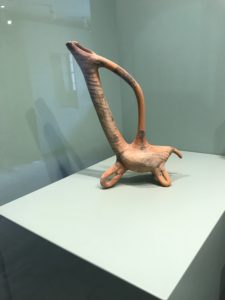
All this ancient history art never impressed me much in other museums. Standing in the Chania museum looking closely at pieces provided a new perspective when standing on the island of Crete where the Minoan civilization actually existed 3,000 to 5,000 years ago.
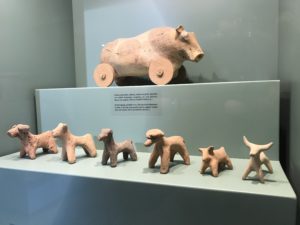
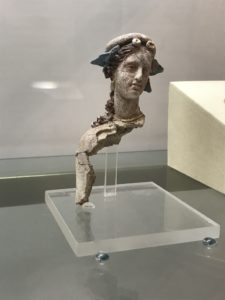
The Archaelogical Museum of Chania in Old Town only cost €2 for off-season tickets and kept me occupied and learning for a good 90 minutes. There are many art pieces and jewelry from ancient Greek and Roman times too.
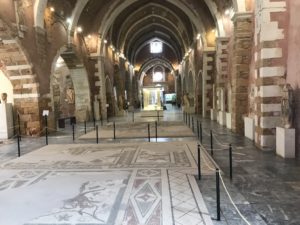
Laid Back in Chania
Four days in Chania were some of the most laid back travel days I have had in years. During the days I wandered narrow alleyways of Old Town, encountered numerous street cats and dogs and occasionally kicked back in a pub or Funky’s pizza for a beer, bite to eat and a seat to hang out and read or people watch.


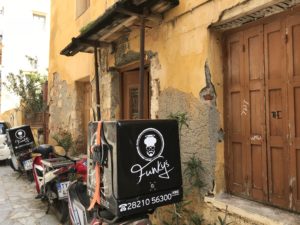
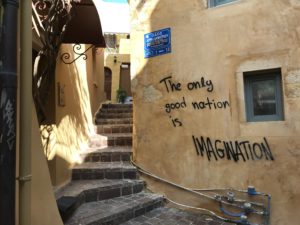
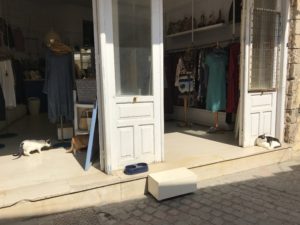

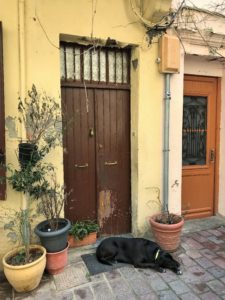
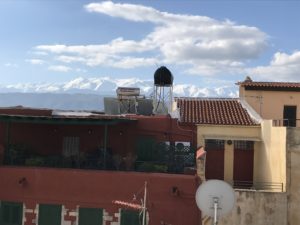
Time to Read
I read two books during my stay in Chania and absorbed a lot of modern Greek history. I stayed at Porto del Colombo Hotel, probably the best $40 per night hotel stay I ever experienced. While I have stayed in many nice hotels for $40 per night through hotel loyalty programs, this was a hotel where $40 per night put me in a regular room with breakfast each day without getting any special upgrade treatment for being an elite member or buying my way into a more expensive room through points.
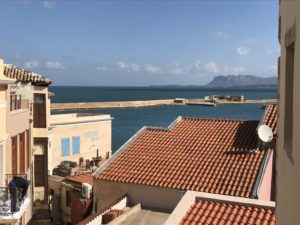
I will provide an extensive review of Hotel Porto del Colombo in a subsequent post. The reason I bring up the hotel here is the reading material I found in the hotel provided extensive learning about modern Greece history from two books I read during my stay.
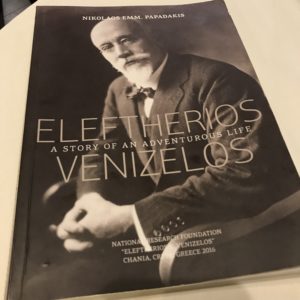
Eleftherios Venizelos was a local Chania lawyer, a revolutionary who fought for Crete independence from Ottoman rule in the late 19th cent. and political leader who worked for integration of Crete into Greece in the early 20th cent. He served eight terms as Prime Minister of Greece including the period from WW1 and introduced many social reforms for Greece in the 1920s including a vast expansion of public education and agricultural land reforms. His former house is now the Eleftherios Venizelos Museum.
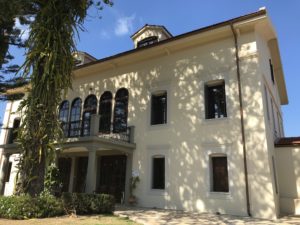
Venizelos died in exile in Paris. His body was returned to Chania where his grave today is located on a hillside above the city.
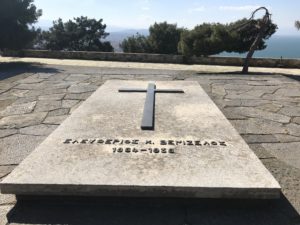
The other book I read was an academic study of Greece during World War 2. Inside Hitler’s Greece – The Experience of Occupation 1941-44 educated me on an entirely new aspect to me of WW2. Greece, and especially Athens, went through a severe famine which resulted in the deaths of hundreds of thousands of Greeks through starvation in the first year of Nazi occupation during the winter of 1941-42 as most of the crops and food produced in the country were provided to troops and exported to feed Germans.
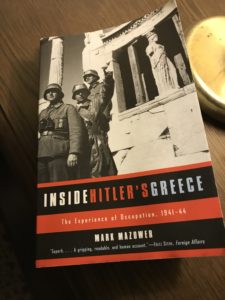
After spending a day at the Warsaw Rising Museum prior to flying to Crete, the experience of Greece in WW2 added a deeper layer of understanding to how these countries were impacted by the war and how their political situations developed in the latter half of the 20th century in large part through those war time experiences.
My time in Chania, Crete was not just another day at the beach.
While Crete is known for its beaches, my stay this week was a bit chilly for beach weather temperature. Although, on my last afternoon I saw one woman swimming in the sea when the daytime temperatures finally climbed to about 63F/17C.
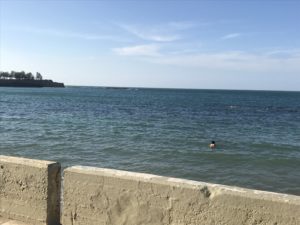
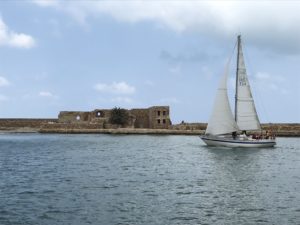
Fond impressions of Chania have turned me on to the laid back Mediterranean diet of living at a relaxed pace.
The positive vibrations I felt while in Chania place this destination and Crete on my radar for another opportunity to return to Greece.
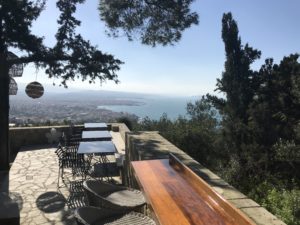


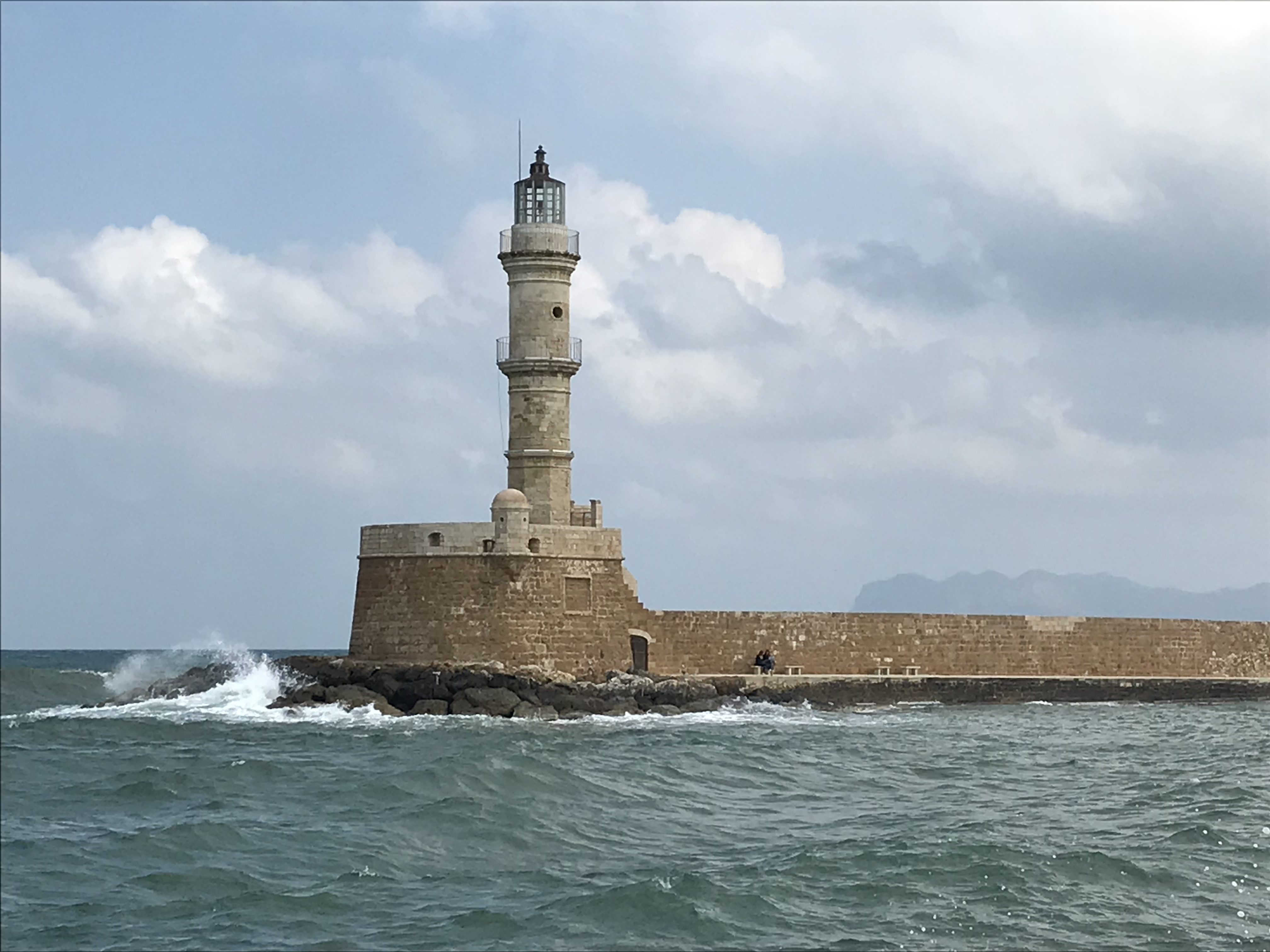
4 Comments
Comments are closed.